For many Kurds, the US is all they have left: Reporter's Notebook
An ABC News correspondent returns to Syria four months after a Turkish invasion.
Ali Ahmed is angry.
We meet him in a refugee camp in northeast Syria, where he showed us the tent he calls home and the 7-month-old girl, Marianne, he now looks after. Her father, Ali's son Sakhr, is dead.
An SDF soldier, he was killed in October fighting alongside other Kurds, defending their homes from the Turkish invasion.
"My son's friend called me to say he was dying," Ali said. "He was with him as he lay bleeding. But we were busy running from the bullets ourselves."
The family's change in fortune was quick and absolute. This part of Syria had avoided much of the conflict that's destroyed so much of the rest of the country. Ali had a home and a thriving business, supporting three generations of bakers proud of their community and their success.
With U.S. support, the Kurds had been able to eke out a space for themselves: a peaceful enclave in the north, trying to establish democratic institutions while violence raged all around. But so much of that is lost now.
"Inside me, a fire is burning," Ali said. "All we can do is cry."
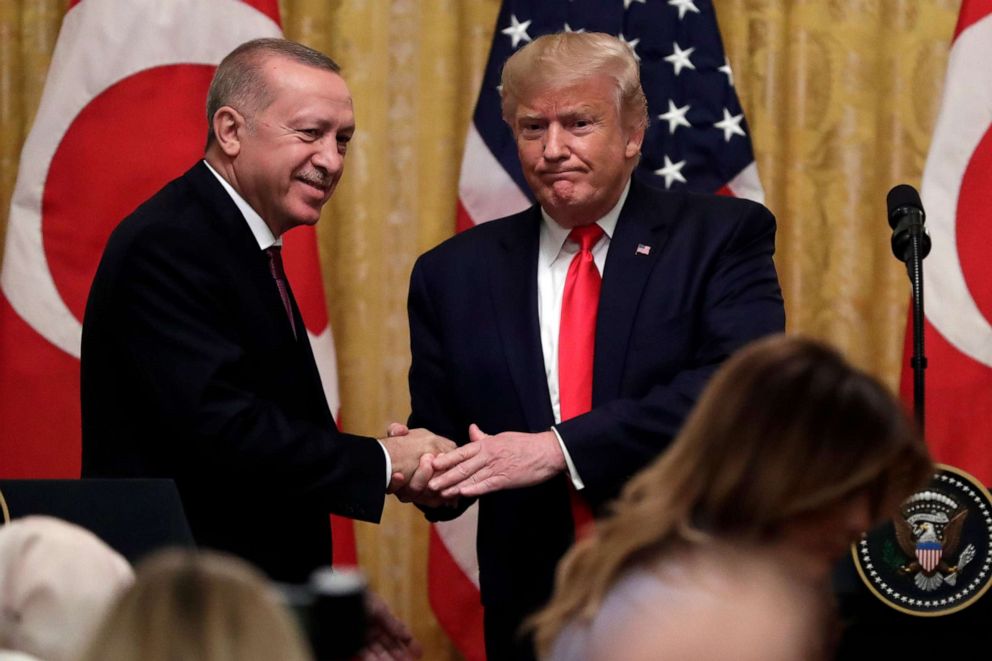
It's extraordinary the impact one phone call can have.
In October, President Donald Trump spoke to President Recep Tayyip Erdogan of Turkey. Soon after, the U.S. president announced all American troops would immediately leave northern Syria.
The meltdown was almost immediate. Turkey invaded, the Kurds in their sights. Hundreds were killed, thousands were injured, homes and land overtaken.
U.S. troops made a hasty retreat, even deploying F-15s to carpet bomb their own bases as they departed.
The calls of betrayal grew louder.
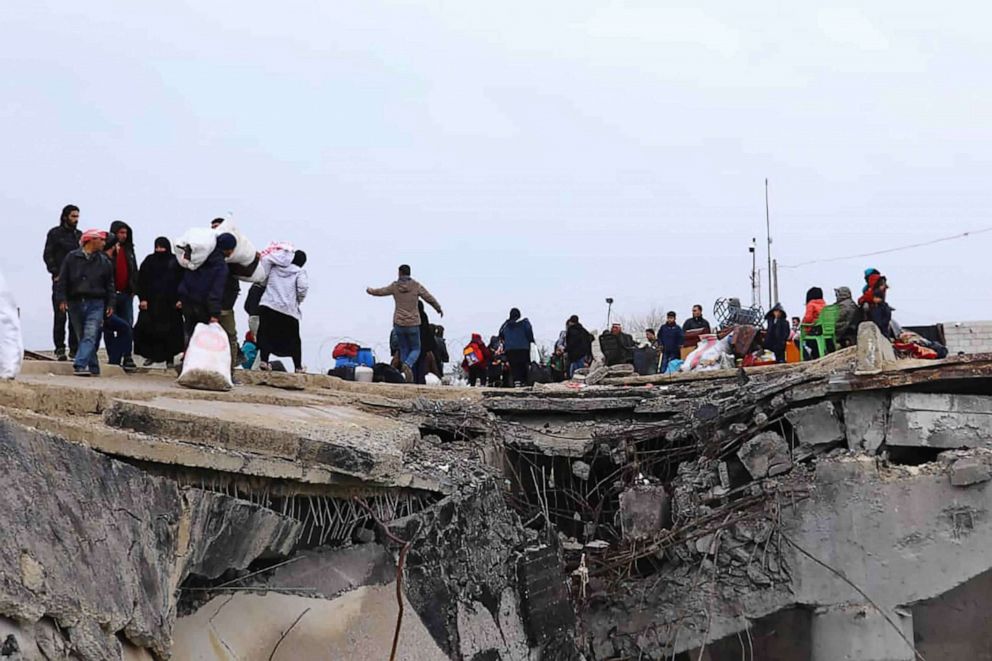
Kurds who fought and died alongside U.S. troops in the long war against ISIS were being repaid for those efforts with abandonment.
So the drawback was halted. But not before more than half of the territory the U.S. had operated in had been given up.
It was a mess.
We're back to see the situation four months later, and it's clear what was a delicate situation has become even more complex -- the U.S. position more tenuous than ever.
We stood on the roof of an abandoned house along the stretch of land Turkey now occupies. Syrian regime flags all around us, Turkish forces sitting to our north, Russian convoys sweeping past and on a roundabout up the road, U.S. military vehicles sitting silently.
It's an eerie limbo, nearing a breaking point.
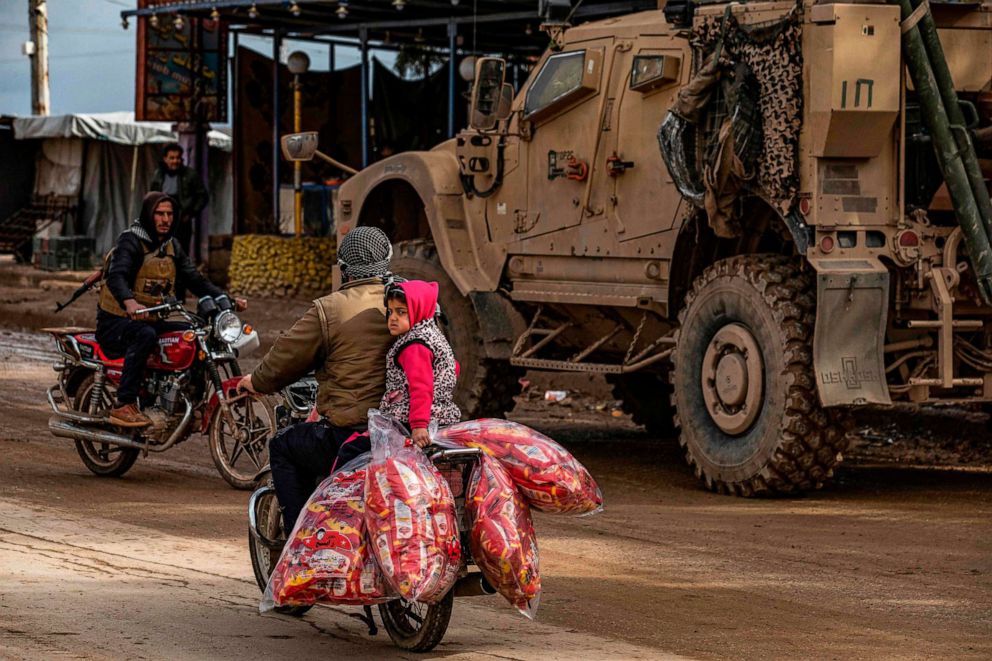
That was underlined in this week's attack on U.S. forces at a regime checkpoint -- the first attack of its kind in Syria's long, complex nine-year war.
About 500 U.S. troops remain in Syria. They're here to protect the Kurds, secure their oil and to continue stamping out ISIS sleeper cells.
But since October's chaos, others have moved in to occupy the vacuum. The Syrian regime presence grew, helped by Russia, which also rushed to claim whatever land it could.
So now, in addition to the myriad dangers already present, U.S. patrols increasingly encounter regime militias and Russian convoys. The potential for conflict is high.
The U.S. troops we've been spending time with are typically optimistic, focused on their mission. Young men and women, many of them swept up in October's chaos, remain dedicated to their missions.
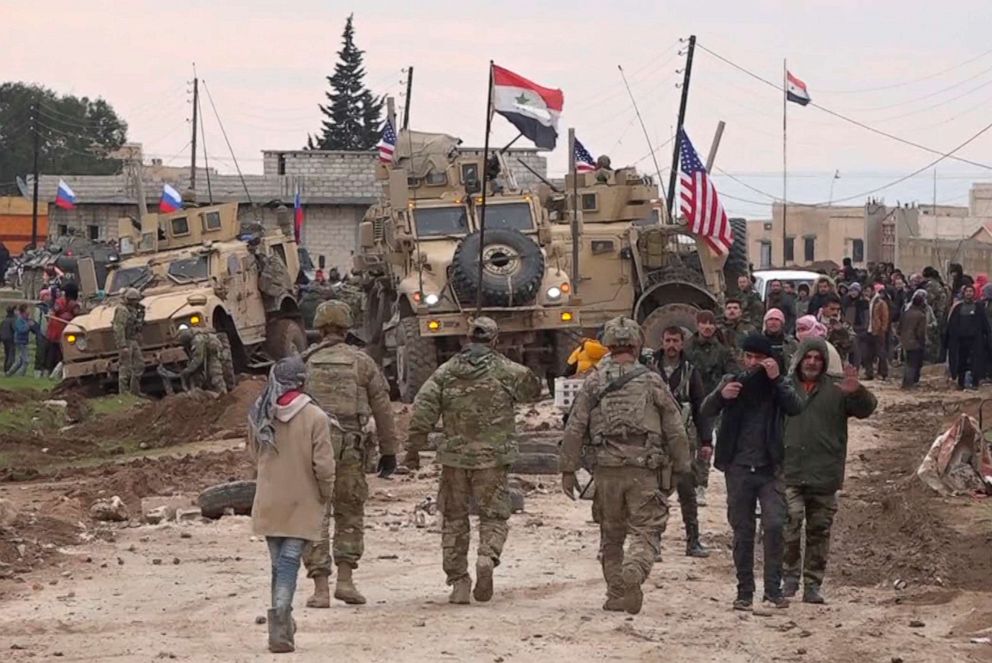
But it's more difficult now, not least because of a massive breakdown in trust with the Kurds. These are a people with communities stretching from Iraq to Turkey to Iran to Syria -- countries of enormous importance to U.S. interests in the region.
For the troops, in their own minds, there must be a sense that their important outreach work could come to an end at any minute -- an unexpected tweet or a surprise phone call uprooting them once more.
Protecting the oil, as Trump has said, is a valid objective. It deprives hostile actors -- Russia, Turkey, Syria and of course ISIS -- of an important resource, and it gives Kurds the means to provide for themselves if a future political solution is reached.
But that objective, some brand of Kurdish autonomy, is more difficult after October's events. The apparent incoherence of U.S. policy here is clear.
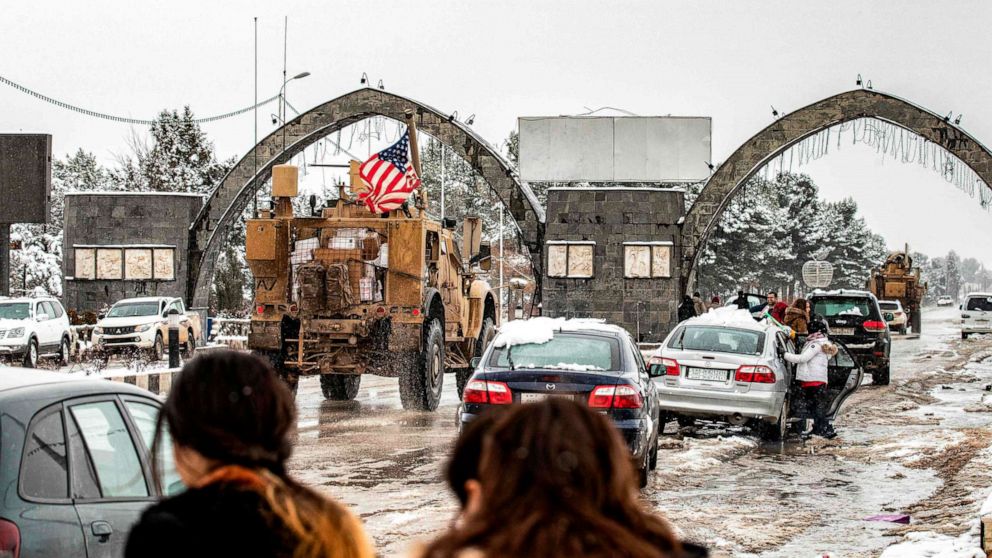
In the refugee camp, Ali and I chat while the team films elsewhere. I mention how cold it is.
"Take my coat," he said immediately, his wrinkled face breaking into a smile.
"Of course, not," I replied, smiling back.
It's a generosity you see time and time again. But Ali also may need to find forgiveness.
With Turkey ready to pounce once again, the Syrian regime hungry to retake more territory and the Russians piling on the pressure, the U.S. remains his last, best hope.
He, and thousands like him, are praying their only ally doesn't desert them again.



